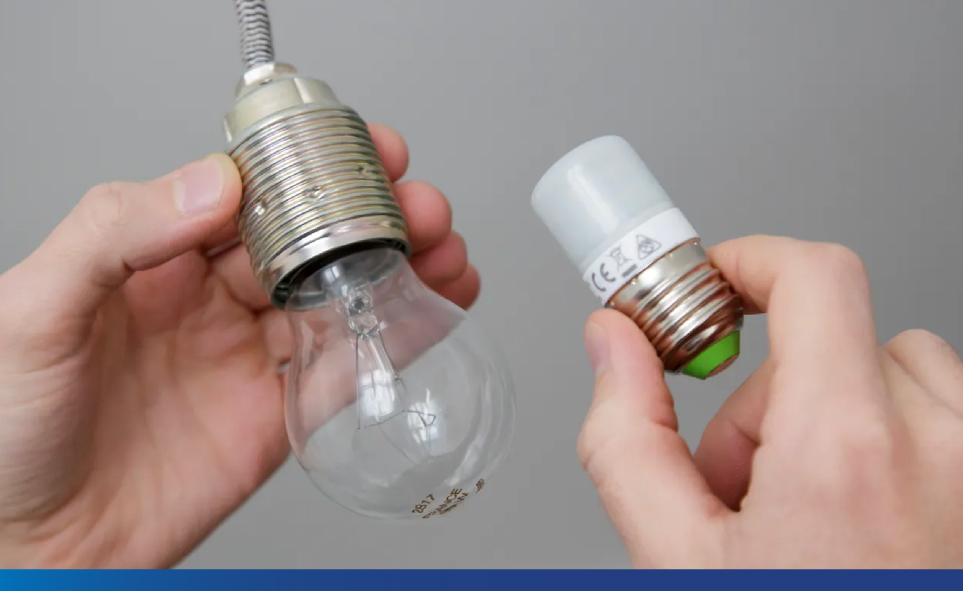Cogeneration or spontaneous generation of heat and power has been common in India since the early nineties. The sugar industry due to its high steam consumption and low-pressure requirement pioneered this concept in India. Needless to say, it has dramatically brought down the utility costs of industry, especially where the fuel is a by-product of the process itself like Bagasse in sugar, mustard and soya husk in solvent extraction or rice husk in rice mills.
The metal industries of course have seen more complex modes of cogeneration where exhaust gases are utilised for power generation. This is commonly known as combined cycle cogeneration.
The main benefit of cogeneration from the financial standpoint is that power generation is largely seen as ‘incidental’ and hence apart from capital costs the cost of power generation is normally negligible.
There are several industries where the feasibility of cogeneration has not been well established. Common hurdles include the operational and scale of power generation. There are cases where the power requirement is relatively less in the region of say 100kW. Here the scale of the application makes it difficult to make a case for cogeneration. Here the non-availability of such small turbines from reputed manufacturers and the added complications associated with a power plant operation acts as a disincentive for putting up a cogen plant.
Industries, where cogen is well established, include sugar, paper, metals, distilleries and ethanol, etc.
There are cases like solvent extraction plants where the pressure requirement of process steam is so high that it does not leave much of a pressure gradient to generate power in the turbine. However in such cases, if the plant is large enough, a cogeneration plant can be installed by increasing the steam pressure of the boiler.
It is no secret that given the quality of the power supply in India, cogeneration comes with great benefits. In order to further extend benefits beyond the traditional beneficiaries, we need to look at processes and practices. Some recommendations are given below:
1. Review and revise pressure requirements
Many process experts are now reviewing high-pressure applications in processes so that pressure requirements can be reduced and hence there is enough pressure gradient available in order to generate power. The solvent extraction industry has made some progress in the last few years in this regard.
Plant sizes especially in industries like distilleries and ethanol have seen a dramatic increase in scale over the last two decades. This makes cogeneration feasible. Where cogen plants were rare in distilleries twenty years ago, today it is rare to come across one without a cogen plant. Here scale has played a major role.
3. Practices
BOT (Build Operate Transfer) model is gaining popularity in the industry now. We see process industries increasingly looking to reduce investment in utilities and focus more on the core process. This has given rise to this model where a boiler operation makes the capital investment for the utilities and supplies steam and power at a cost. We can now look at a model where a number of consumers can source steam and power from a single cogen plant in order to improve scale and operations. Of course, this would involve a lot of work on the regulatory front. However, this mode can liberate a number of SME consumers from the inconsistencies of power supply and the costs of alternate generation through fuels like furnace oil.
4. Fuels
Cogeneration is most viable when the fuel is a process by-product. Many of these fuels come with characteristics making them unfit for fuels in boilers like high alkaline content, high sulphur content etc. Over the last few years, several of these fuels like rice straw, mustard husk, cane trash etc. have been co-opted as boiler fuels. It is up to boiler manufacturers to design boilers that can minimise the adverse effects of these fuels, hence making it possible to co-opt many of these industrial or agricultural wastes into energy generation.
It is extremely critical now to look at increasing the application of cogeneration in the medium to long term. Though we have not been hit too hard as yet, increasing power costs will be the next economic disrupter in the way that diesel and petrol prices have been in the last year.
Cogeneration can go a long way toward cushioning this blow and protecting the industry from the unstable cost structure may become a fact in the future.
Supratik Roy, Chief Executive Officer, SRF Consulting and Engineering



